As We Approach a New Decade, Designers Are Rethinking Scale, Sustainability, and Work-Life Balance
Vogue’s January 2010 issue (with cover star Rachel McAdams—there’s a blast from the past) ushered in the new decade with a fashion story dedicated to creative directors at European houses, a phenomenon first seen with the arrival of Karl Lagerfeld at Chanel in 1983 and which gathered steam in the ’90s with Tom Ford at Gucci, John Galliano at Dior, and Alexander McQueen at Givenchy. Shot by Steven Meisel and styled by Grace Coddington, “Rock the House” featured model Sasha Pivovarova and a whole crew of hipster musicians. As to the designers and houses who were featured, please bear with me, as it’s quite the list: Raf Simons at Jil Sander, Tomas Maier at Bottega Veneta, Stefano Pilati at YSL, Christophe Decarnin at Balmain, Christopher Bailey at Burberry, Alber Elbaz at Lanvin, Nicolas Ghesquière at Balenciaga, and Marc Jacobs at Louis Vuitton. Also included were three designers who had made their runway debuts that very season: Peter Copping at Nina Ricci, Marco Zanini at Rochas, and Phoebe Philo at Céline.
You can see where I am going with this. Not a single name on that list remains in his or her position today—not one. If you wanted to highlight one of the biggest changes in fashion since that January 2010 issue hit the newsstands, it would be this: The emergence of the game of designer musical chairs, in which a creative director is exalted upon their arrival at a house only to exit by their own free will—or not—fairly soon thereafter. Eventually, everything would start all over again with the announcement of the next creative director—a process that was sometimes teased to a level that would have given an HBO public relations executive in charge of building buzz ahead of the Game of Thrones finale pause for thought. So rapacious did this changing of the guard become that a joke—if you can call it that—started: When it came to a designer’s tenure at a house, three years was the new decade.
As We Approach a New Decade, Designers Are Rethinking Scale, Sustainability, and Work-Life Balance
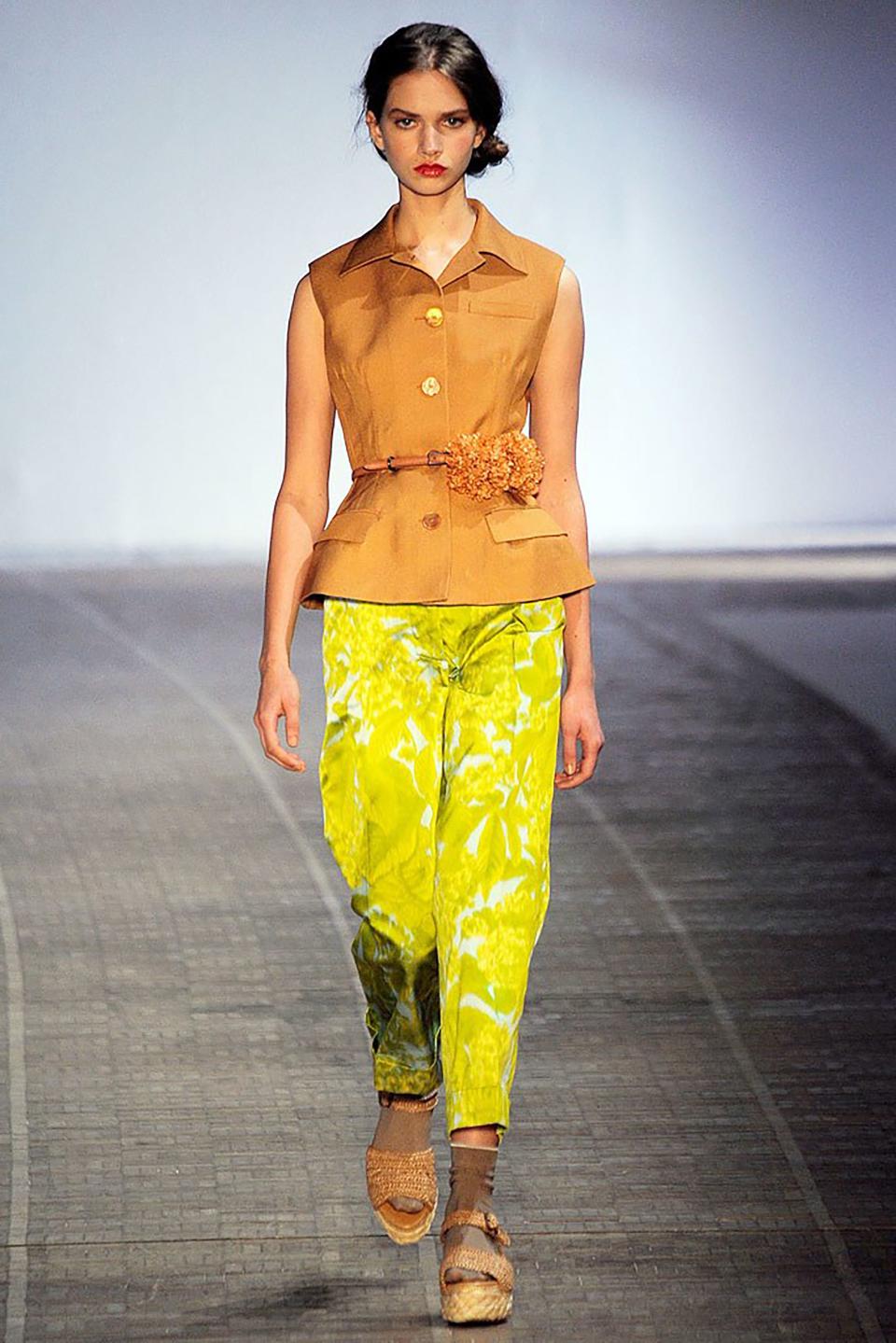
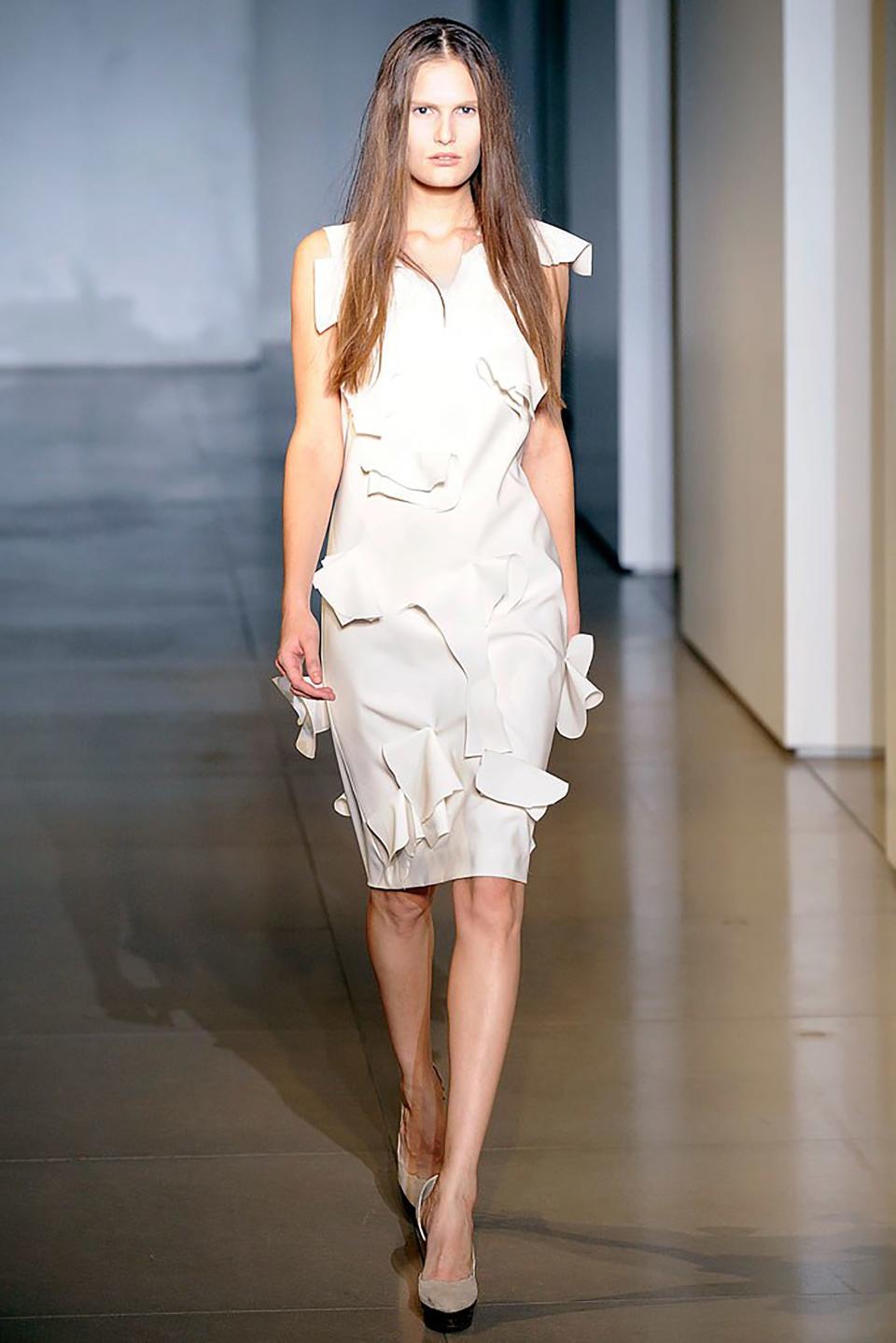


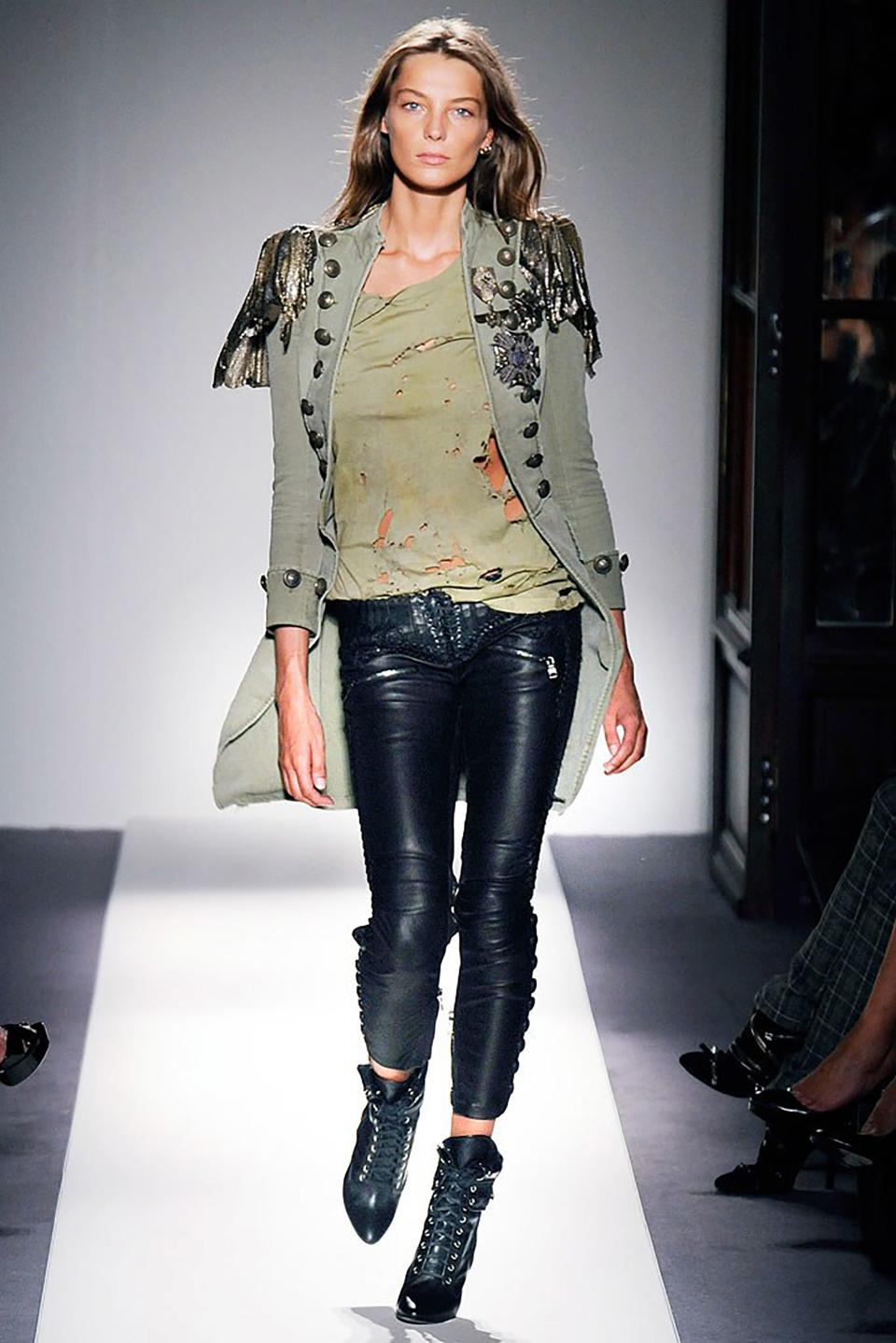
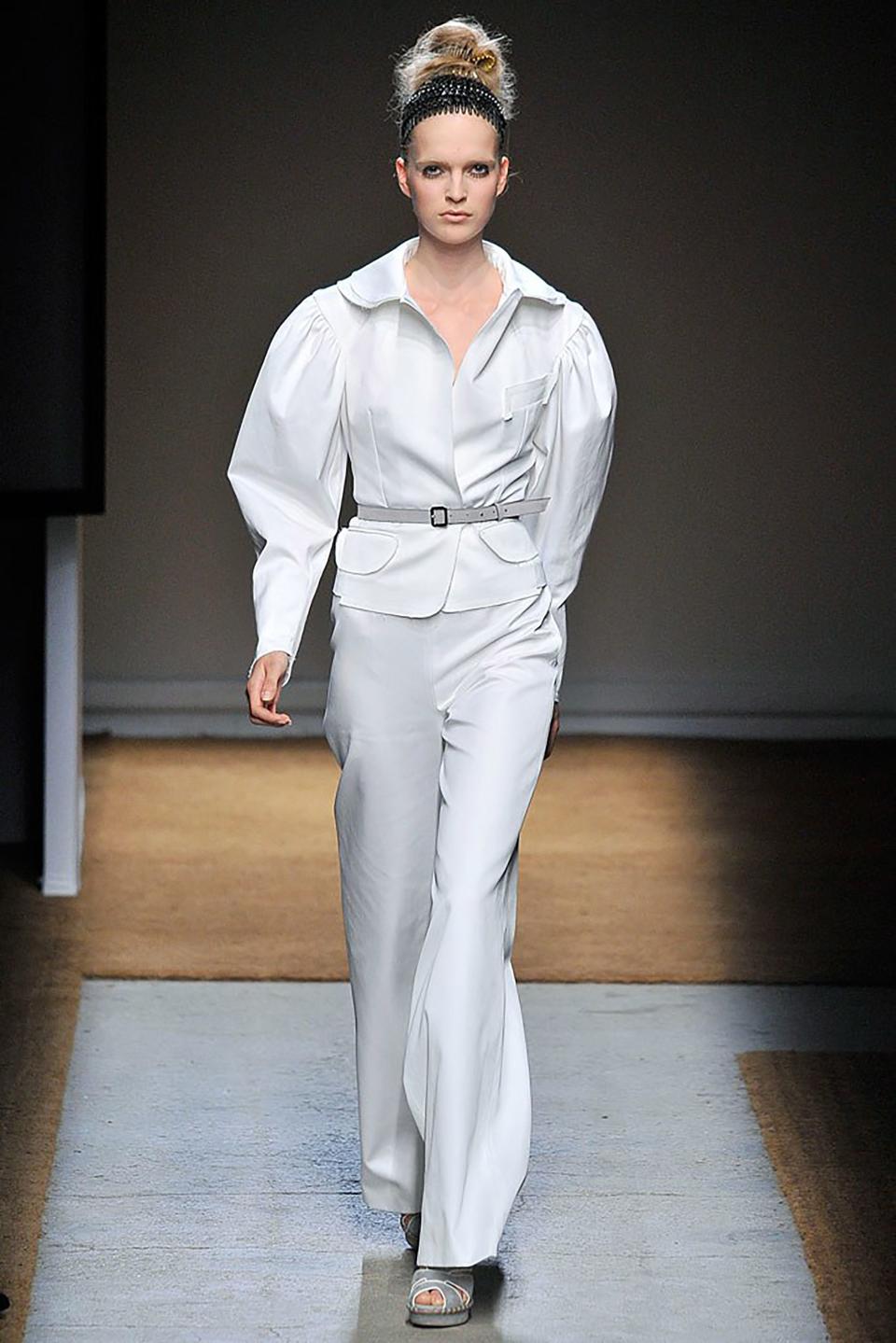
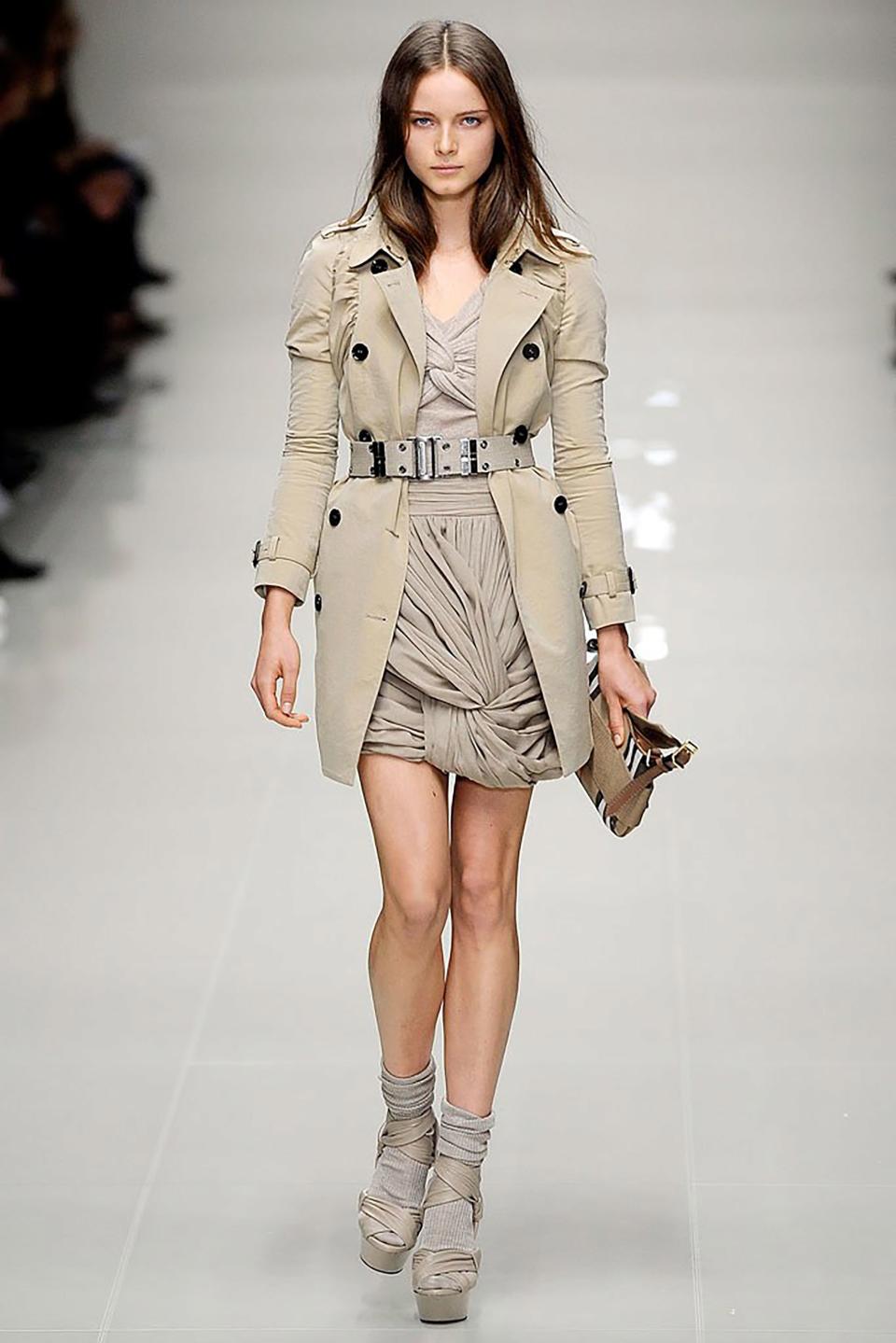
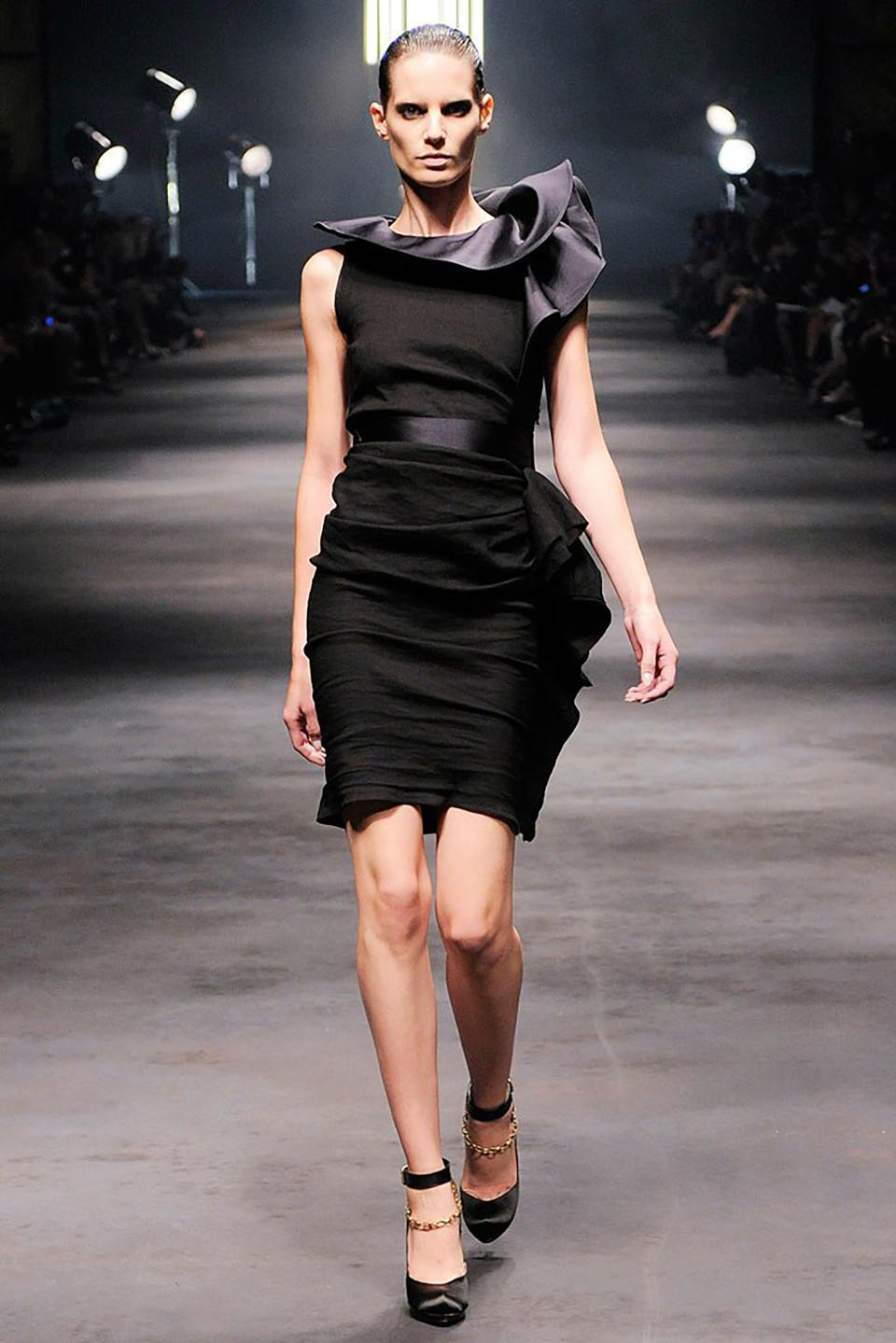
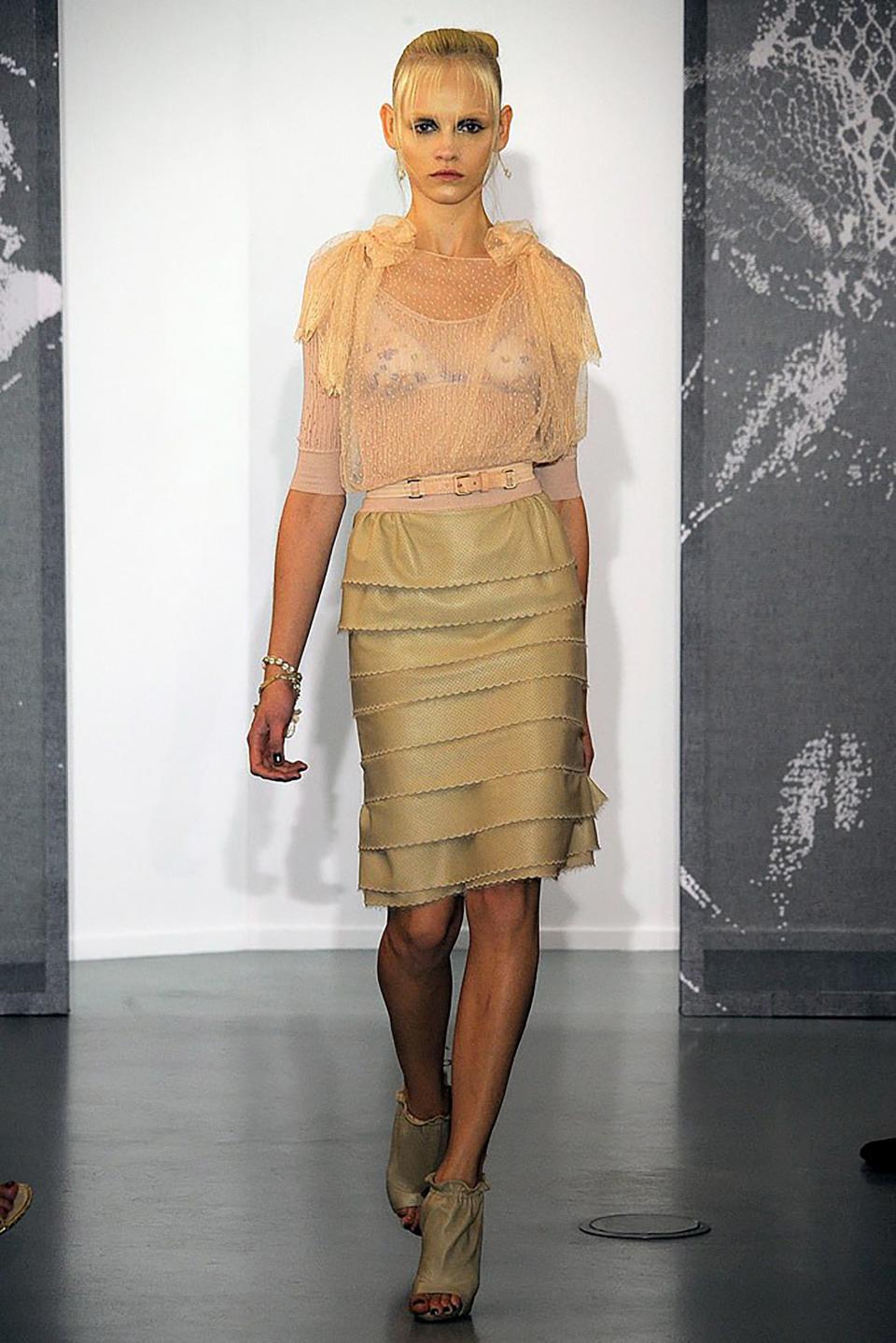
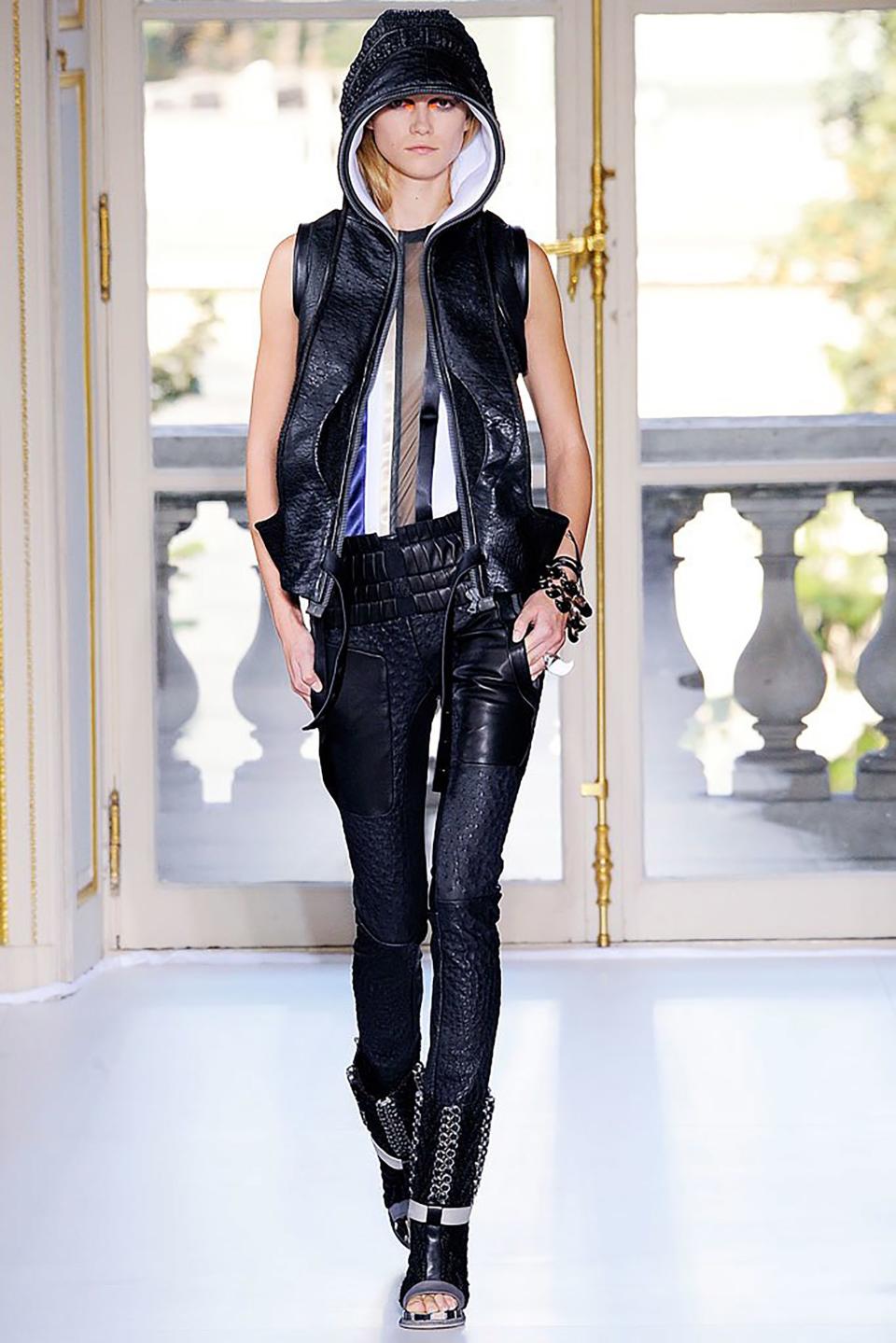
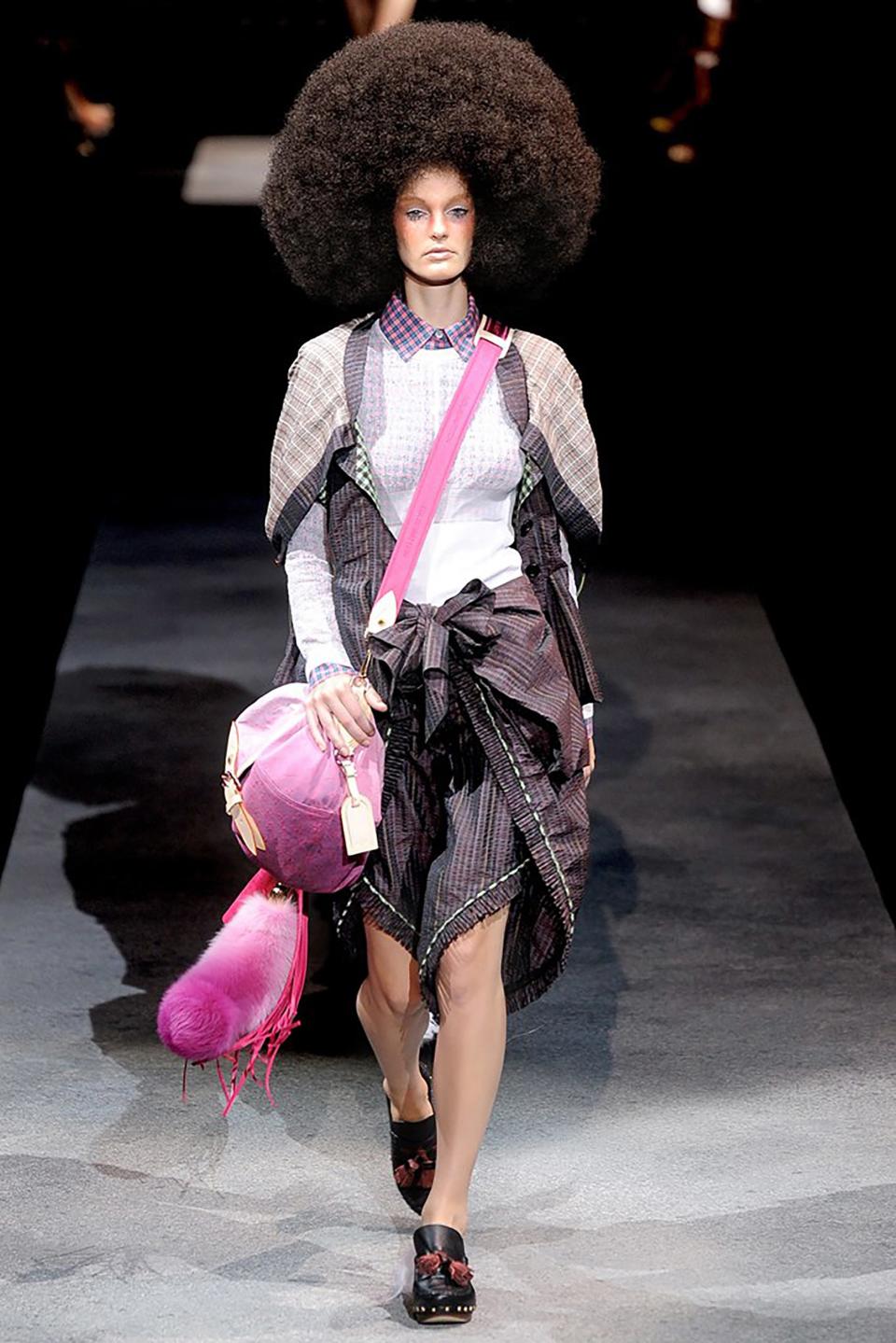
Looking back on all this, Marco Zanini, who left Rochas in 2013 for Schiaparelli before leaving that house a year later, has developed a sense of fatigue and disconnect from the whole thing. “Now I don’t follow what’s happening, because I don’t really care,” Zanini said. “Too many designers have come and gone. It has become impossible to keep up, to know who is where now. Who’s at Carven? I don’t know. Who’s at Ricci? Don’t ask me. I don’t want to sound bitter,” he went on to say, “but I have witnessed the industry changing so fast that it has become easy to feel lost in it. The increasingly fast turnover of designers gives the impression that we are disposable.” Zanini’s point touches on something that has developed in the last decade or so: The notion that a house’s brand name is bigger than any individual designer (when it suited the industry to hit the play button on that storyline)—or that only a star designer could bring life to a house (when that was the preferred messaging). It set up a strange tug of war between opposing narratives, with designers, unsurprisingly, caught in the middle.
Yet just to be clear: The above roll call of names whose clothes appeared in that issue of Vogue shouldn’t be seen as one of those mournful montages you see every Academy Awards, a teary adieu sandwiched between Best Adapted Screenplay and yet another musical interlude for Best Original Song. Many of those on the list are still working—including Zanini, who launched his own label, Zanini, in Milan this past February to a rapturous reception because of its high quality and intense focus on not being all things to all people. Pilati, based in Berlin these days, is about to release the latest offering from his fantastic, on-his-terms-only brand Random Identities. Peter Copping is rethinking his approach to work while living between Paris and the French countryside. Marc Jacobs (post-Louis Vuitton) and Raf Simons (post-Sander, Dior, and Calvin Klein) are focusing solely on their own labels. Nicolas Ghesquière is bringing his brilliance to bear at Vuitton.

Others—Phoebe Philo, Christopher Bailey, Tomas Maier—have retreated to enjoy life away from the industry for a moment, or maybe forever, who knows? Christophe Decarnin, never the most visible of designers, has completely gone to ground. As for Alber Elbaz, he launched a capsule for Tod’s during the July Paris couture. Welcome back, Alber! How we’ve missed you! Elbaz’s absence from the runways underscores how unreal things have started to feel in the fashion world. It’s kind of incredible to think that he’s been away since leaving Lanvin in 2015. Or frankly, given his talent, that he’s been away at all.
All that said, the reality is that some of the aforenamed designers might be a tiny bit happy to be off the merry-go-round, especially given how much they were required to perform to the most grueling schedules. Copping, who arrived at Nina Ricci from working for Marc Jacobs at Louis Vuitton, broke down how the demands of the job have changed. “Thinking back to when I was at Vuitton, we did two collections a year,” he said. “We would spend a lot of time on development, doing research trips where you could really explore your ideas. Then it became four collections, one every three months; intense, but still doable.”
By the time he had arrived at Oscar de la Renta from Ricci in 2015 he was, he recalled, doing six collections a year: “Two runway, two pre-collection, two bridal. There wasn’t time to think about things properly. You’d end up signing off on things you might not be 100 percent happy with. That’s not helping the fashion industry. It’s not conducive to developing fantastic product.” Copping’s not alone; this would become a familiar refrain as the business became big, really big, and global, truly global, bring a greater pressure to perform, just as designers were expected to be out in the world, spreading the word, and with less time actually spent in their ateliers and studios.
What’s currently happening is a sea change, where former creative directors—Zanini, Pilati, and Copping, as well as Julie de Libran, who recently left Sonia Rykiel, or Francisco Costa, who exited Calvin Klein in 2016—are easing themselves back into work in a manner that suits them, and which might also hint at one way the industry could evolve into the future. That’s not to say that the role of the creative director is defunct: Consider just how enriched and enlivened fashion has been lately by the likes of Alessandro Michele at Gucci, Hedi Slimane at Celine, Demna Gvasalia at Balenciaga, or Pierpaolo Picioli at Valentino. But there appears to be a collective yearning for things to be smaller, simpler, and more straightforward—and aren’t we all feeling that too?
“We’re in this moment of transition and confusion,” said de Libran, who this past couture season launched her excellent own label, putting an emphasis on intimacy, craft, and sustainability. “In the last 10 years, [fashion] became a business about numbers and about buzz on social media. It could be hard to know how to keep up. You’d end up making more product to sell more product, and that just doesn’t work. There’s too much waste. With my own label,” she continued, “I am not making anything until it’s ordered. I don’t want things to just be there, to be stuff. I am not saying it’s easy, but I only want to produce what feels relevant, and right, and real.”

When we spoke on the phone Copping was in Paris, finalizing his dress designs for a wedding, including that of the bride, and had just come from picking up some fabric beaded at Lesage. Like de Libran, Copping is rediscovering the simpler and more direct pleasure of working without the demands of running a huge house—designer downsizing, if you like. “I’ve gone back to my roots,” he said of his burgeoning business working directly with women who love his clothes. “I go to Premiere Vision and buy my own fabrics. I do the embroidery appointments. I take the packages to DHL. I’m enjoying it, it is bringing me back to myself. Making things which are bespoke and special; the desire for that is returning. And when you’ve worked at great houses... I was at Ricci for five years, and having that under my belt, I don’t feel I have to go onto the next big thing.”
Zanini feels likewise. “Me, Julie, Peter, Stefano... we want to say something because we still have something to say—and finding your own way to say it sounds possible,” he said. “Out there it can seem like chaos, but we can shut the door and create our own environments. I love the idea of niche. That’s my goal.”
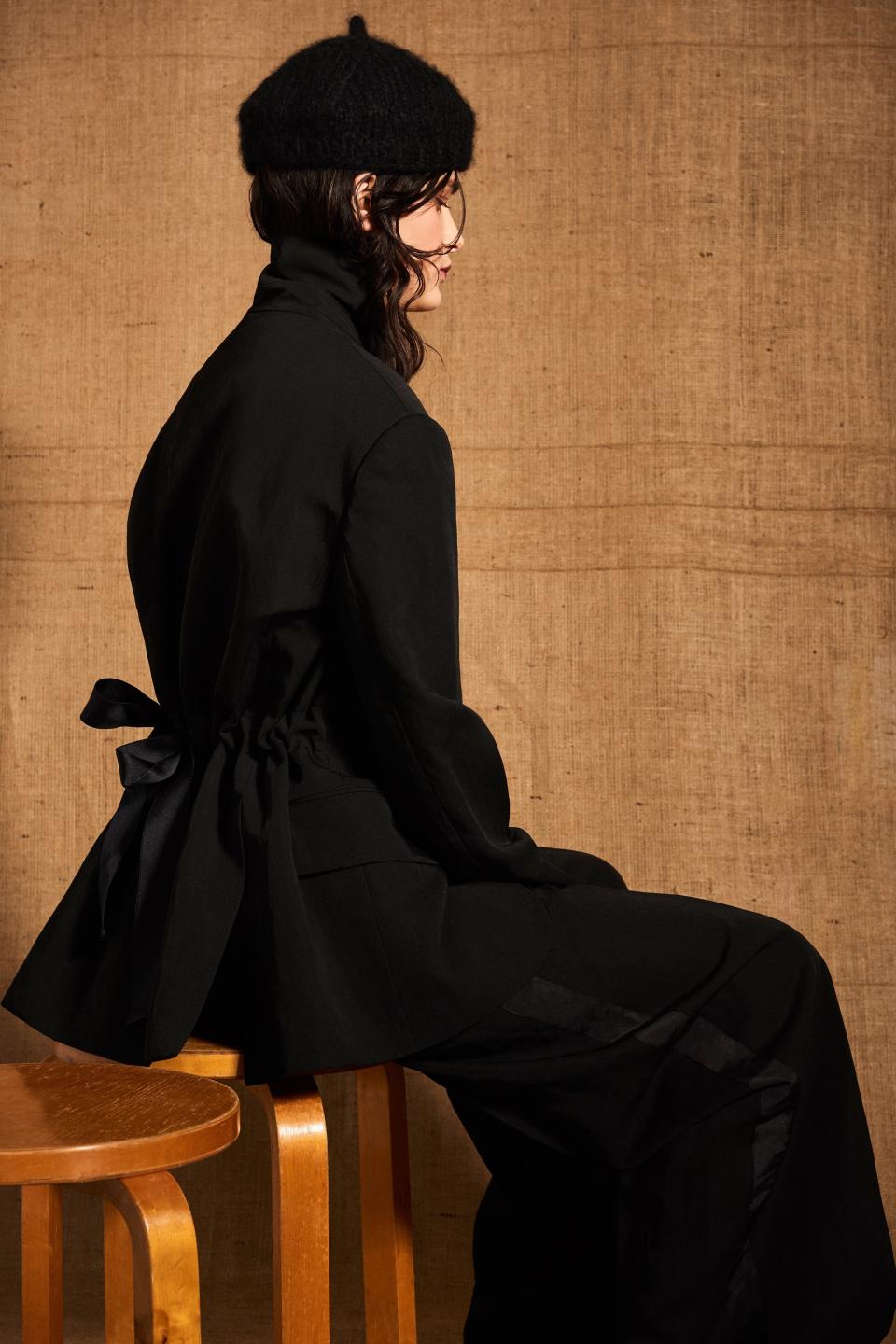
Originally Appeared on Vogue

